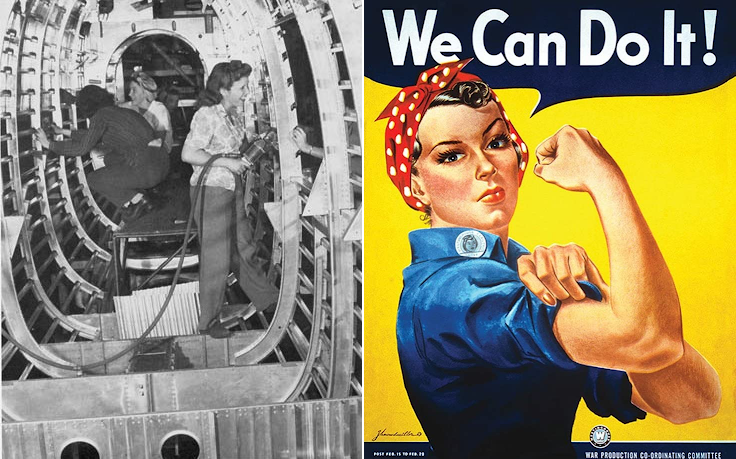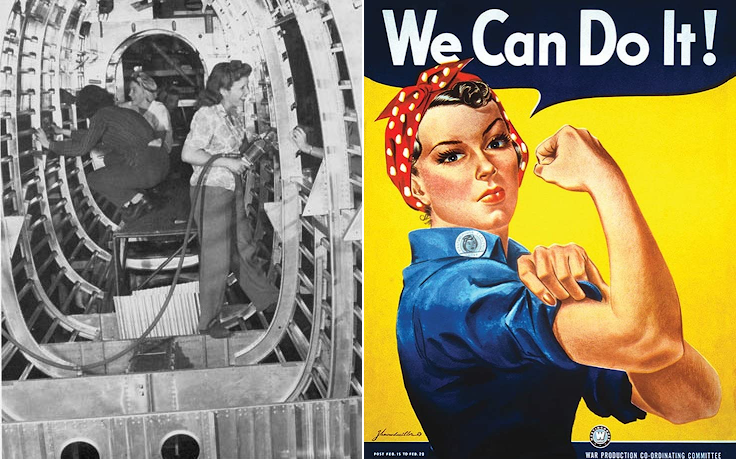This piece is from SD HistCon founder Harold Buchanan. This is the third piece in a six-part series looking at the history of San Diego in World War II. (The first and second parts can be read here and here. If you’re interested in registering for SDHistCon Summit 2023 from Nov. 3-5 and exploring some local history along the way, limited tickets are still available here.)
In part three of the discussion of the impact of World War II on San Diego, we cover the Consolidated Aircraft Corporation’s a massive contribution with aircraft for the special needs of the War in the Pacific and the War in Europe. Expect a new post in this series each week for the next three weeks.
Harold is an award-winning designer whose designs include Liberty or Death (2016), Campaigns of 1777 (2019), and Flashpoint: South China Sea (2022). He has been a historical gamer since 1979. Harold is an Adjunct Professor of Finance at The University of California San Diego. You can follow him on Twitter here.
The Consolidated Aircraft Corporation in San Diego and World War II: An Industrial Colossus at War’s Forefront
San Diego’s Consolidated Aircraft Corporation, subsequently referred to as Convair, is a powerful example of the immense industrial prowess harnessed for the war effort.

The corporation was formed in 1923 in New York. However, by the 1930s, enticed by the expansive space and propitious climate amenable to aviation tests, the firm translocated to San Diego.

Consolidated’s most illustrious creation during this tumultuous era was undoubtedly the B-24 Liberator heavy bomber. Over 18,000 of these formidable machines flew during the war, boasting superior range and bomb-carrying capacity compared to the preceding B-17 Flying Fortress. Their creation was largely undertaken in the workshops of San Diego.
Distinctive in its twin tail fins and the elevated “Davis wing”, the B-24 showcased enhanced range and swiftness. A massive bomb bay ensured its adaptability to a plethora of ordnance.

This aircraft was integral to the strategic bombing campaign in Europe, carrying out daylight incursions on vital German assets. Beyond American shores, the B-24 also found utility within the fleets of numerous Allied powers, underscoring its global operational significance.

The PBY Catalina, a magnificent flying boat, was another brainchild of Consolidated. This craft oscillated between roles as varied as maritime patrols, bombing runs, and life-saving search and rescue endeavors, exhibiting its unmatched versatility.
Spanning from the Pacific to the frosty expanses of the North Atlantic, the PBY was omnipresent. Notably, it was a Catalina that aided in pinpointing the German leviathan, the battleship Bismarck.
The exigencies of the war precipitated rapid infrastructural and workforce augmentation at the San Diego operation. Innovations in manufacturing methodologies were introduced to cater to the gargantuan production demands. Emblematic of this was the emergence of figures like “Rosie the Riveter”, representing the indispensable women who kept the production lines humming. Many believe the character to be based on Rosina “Rosie” Bonavita, who worked for Consolidated in San Diego.

The post-war era witnessed a diminution in the demand for warplanes. Nonetheless, under the name Convair (after its 1943 merger with Vultee Aircraft), the company recalibrated its focus towards jet aviation, missiles, and other pioneering aerospace endeavors. Noteworthy creations of this period included the B-36 Peacemaker and the Atlas missile.

Consolidated Aircraft Corporation’s endeavors during World War II, especially emanating from its San Diego nexus, are emblematic of the industrial might and determination that characterized the American war effort. This industrial behemoth, through its aircraft and personnel, indelibly etched its mark on the trajectory of the war. And it reaffirmed the importance of industrial mobilization in the theater of war.
You can follow Harold on Twitter here.
